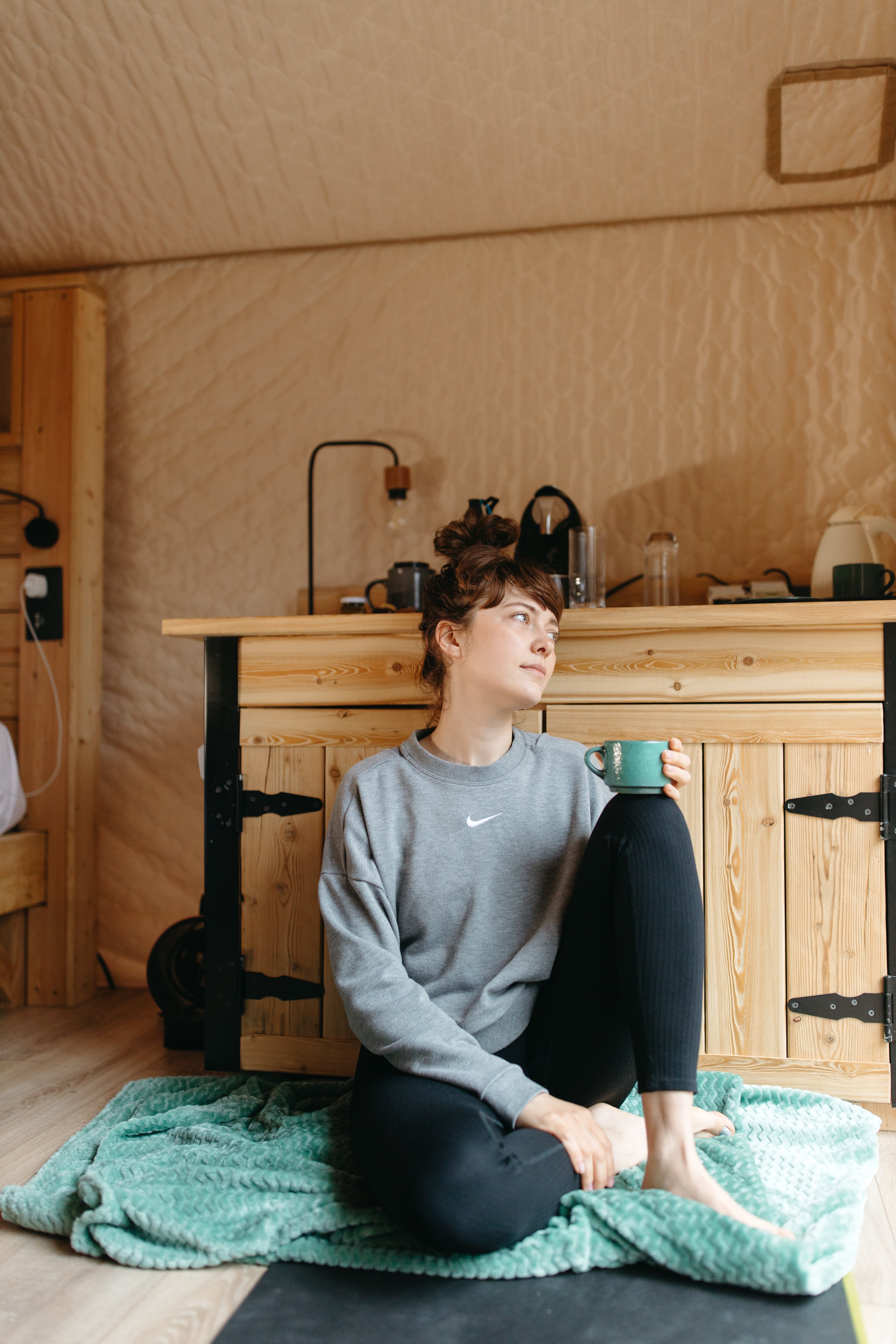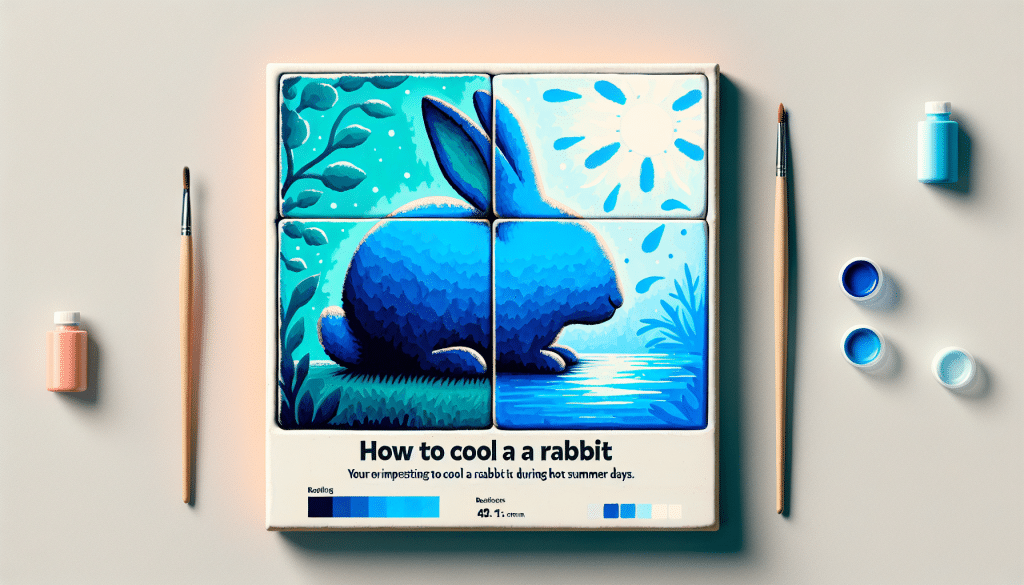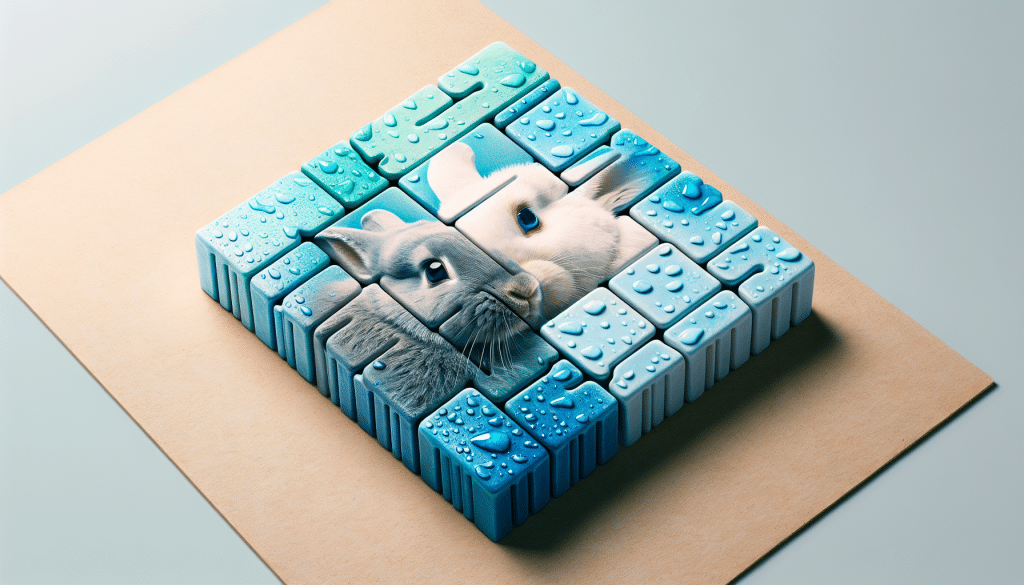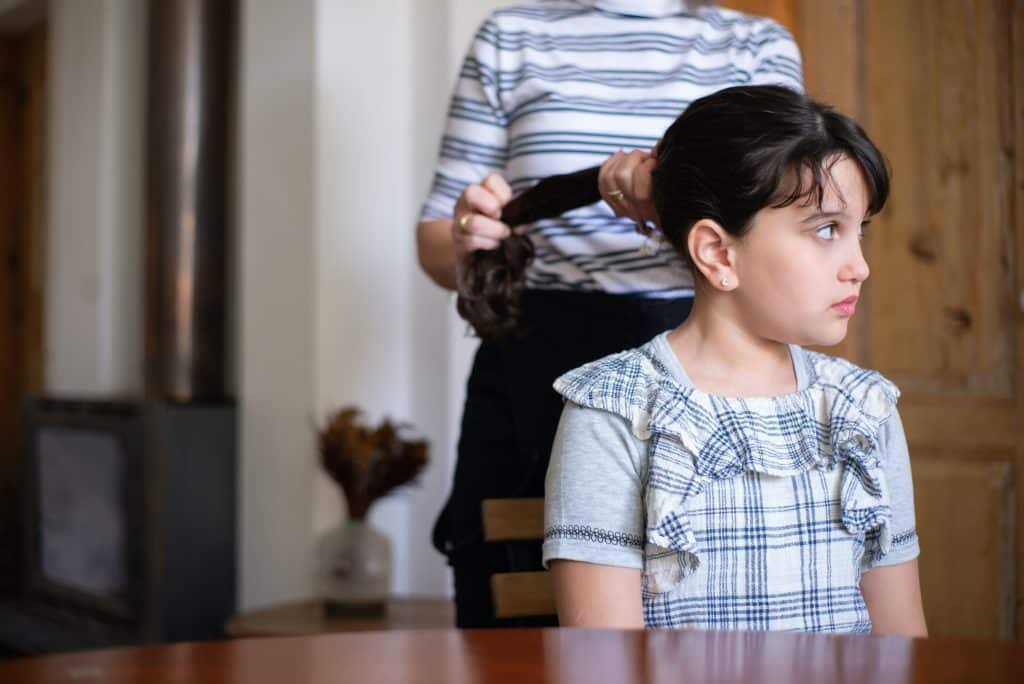Hey! So, we all know how scorching hot summers can be. And while we’re sweating it out, it’s easy to forget that our furry friends are feeling the heat too. That’s why I’ve got some great tips for you on how to keep your rabbit cool during those sweltering summer days. Because let’s face it, a happy bunny is a cool bunny, right? From creating shades to providing refreshing treats, let’s dive in and make sure your fluffy companion stays chill when temperatures rise.

Recognizing the Signs of Overheating in Rabbits
Physical symptoms of heat distress
When it comes to recognizing if your rabbit is overheating, paying attention to physical symptoms is crucial. Overheating can lead to serious health problems and even heatstroke, so it’s important to act quickly if you notice any signs. One of the most noticeable physical symptoms is excessive panting. Rabbits don’t normally pant, so if you see your rabbit panting heavily, it’s a clear indication that they are overheating. Another physical symptom to look out for is a rapid heart rate. If you can feel your rabbit’s heart beating significantly faster than usual, it’s a sign that they are struggling to regulate their body temperature. Additionally, you may notice that your rabbit’s ears feel hot to the touch. This is because rabbits have large blood vessels in their ears, which dilate in an attempt to release excess heat. If their ears feel unusually warm, it’s a sign that their cooling mechanisms are overloaded.
Changes in behavior signaling overheating
In addition to physical symptoms, changes in behavior can also indicate that your rabbit is overheating. One common behavior change is lethargy or a lack of energy. If your usually lively and active rabbit becomes unusually still and inactive, it could be because they are struggling to cope with the heat. Another behavior change to watch for is decreased appetite. Heat can have a negative impact on a rabbit’s appetite, and they may eat less or refuse to eat altogether when they are overheated. Furthermore, rabbits may exhibit signs of distress such as restlessness, agitation, or attempting to dig or burrow in an effort to find a cooler spot. If you notice any of these behavior changes in your rabbit, it’s important to take immediate action to cool them down and prevent overheating.
Immediate actions to take when overheating is suspected
If you suspect that your rabbit is overheating, taking immediate action is crucial to prevent further complications or heatstroke. The first step is to move your rabbit to a cooler environment, away from direct sunlight and heat sources. Ensure that there is adequate airflow and shade available. You can also use a fan or air conditioning to help cool the area. Next, offer your rabbit cool, fresh water to drink. You can also place a damp towel or cloth near them to provide some relief from the heat. If the situation seems more severe or your rabbit is showing signs of heatstroke, it’s important to contact a veterinarian immediately for further instructions and guidance. Heatstroke can be life-threatening, so it’s important to take any signs of overheating seriously and act swiftly to cool down your rabbit.
Understanding the Ideal Living Conditions for Rabbits
Preferred temperature range for rabbits
To ensure the health and well-being of rabbits, it’s important to understand their preferred temperature range. Rabbits are comfortable in temperatures ranging from 60 to 70 degrees Fahrenheit (15 to 21 degrees Celsius). Temperatures above this range can cause stress and discomfort for rabbits, while temperatures below this range can lead to hypothermia. It’s important to keep in mind that these temperature ranges can vary slightly depending on the breed of your rabbit. Some breeds are better adapted to warmer climates, while others are more suited for colder environments. Therefore, it’s essential to research and understand the specific temperature preferences of your rabbit’s breed.
Importance of shelter and shaded areas
Providing adequate shelter and shaded areas is crucial in maintaining the ideal living conditions for your rabbit. Rabbits are naturally burrowers and seek shade to escape from the heat. It’s important to provide a sheltered area where your rabbit can retreat to when it’s hot outside. This can be a hutch, a shaded enclosure, or even a cool indoor space. The shelter should be well-ventilated to allow for proper air circulation and should be situated in a shaded area to protect your rabbit from direct sunlight. Additionally, you can provide additional shade by using umbrellas, tarps, or even planting shrubs or trees near your rabbit’s living area. Ensuring that your rabbit has access to shade will help them regulate their body temperature and stay cool during hot weather.
Rabbits’ natural adaptations to weather and temperature
Rabbits have natural adaptations that help them cope with various weather conditions, including heat. Their large ears play a significant role in heat regulation. The blood vessels in their ears dilate, allowing heat to escape from their bodies. Additionally, rabbits have the ability to increase blood flow to their ears and other extremities, which helps dissipate heat. Their fur also acts as insulation, protecting them from extreme temperatures. However, it’s important to note that excessive heat and prolonged exposure to high temperatures can overwhelm these natural adaptations. As responsible rabbit owners, it is our duty to provide them with the necessary resources and conditions to help them cope with hot weather effectively.

Providing Adequate and Cool Shelter
Criteria for a rabbit-friendly shelter
When it comes to providing a rabbit-friendly shelter, there are a few key criteria to keep in mind. Firstly, the shelter should be spacious enough to allow your rabbit to move around comfortably. It should have enough room for them to stretch out, hop around, and engage in their natural behaviors. Additionally, the shelter should be well-ventilated to allow for proper air circulation. This can be achieved by ensuring that there are sufficient openings for airflow, such as windows, mesh panels, or vents. Another important criterion is the material used for the shelter. It’s recommended to use materials that provide insulation, such as wood or plastic, as they can help regulate the temperature inside the shelter.
Optimal placement of shelters to avoid heat
The placement of your rabbit’s shelter plays a crucial role in helping them avoid excessive heat. Ideally, the shelter should be located in a shaded area to protect your rabbit from direct sunlight. Avoid placing the shelter in areas where the sun is strongest during the hottest parts of the day. Additionally, it’s important to consider the orientation of the shelter. Placing the entrance facing away from the direction of prevailing winds can help improve airflow and ventilation. This can be especially beneficial during hot weather, as it promotes better air circulation and helps keep the shelter cool. By strategically placing your rabbit’s shelter, you can provide them with a comfortable and cool living environment.
Materials suitable for rabbit shelters
When choosing materials for your rabbit’s shelter, it’s important to select ones that are suitable for their needs and can help maintain a cool temperature. Wood is a commonly used material for rabbit shelters due to its insulating properties. It provides natural insulation and can help keep the shelter cooler during hot weather. Make sure to choose untreated wood to avoid any potential harm to your rabbit from chemicals or preservatives. Another option is plastic, which is lightweight, durable, and easy to clean. Plastic shelters can withstand outdoor conditions and are resistant to moisture, which can be beneficial during hot and humid weather. Whichever material you choose, ensure that it is non-toxic, well-ventilated, and provides adequate protection from the elements.
Maintaining Appropriate Ambient Temperature
Risks of excessive heat for rabbits
Excessive heat can pose serious risks to the health and well-being of rabbits. Rabbits are unable to sweat like humans do, making it difficult for them to cool down naturally. When temperatures rise above their comfort range, they are at risk of developing heat stress, dehydration, and even heatstroke. Heat stress occurs when a rabbit’s body temperature rises to dangerous levels, causing their organs and systems to become overwhelmed. If left untreated, heat stress can quickly escalate to heatstroke, which is a life-threatening condition. Heatstroke can lead to organ failure, seizures, and even death. Therefore, maintaining an appropriate ambient temperature is crucial to prevent these risks and ensure the safety of your rabbit.
Methods for reducing ambient temperature
Reducing the ambient temperature in your rabbit’s living area can help prevent overheating and maintain a comfortable environment for them. There are several methods you can employ to achieve this. First and foremost, ensure that the shelter or hutch is well-ventilated to allow for proper air circulation. You can achieve this by providing ample openings or adding ventilation features such as mesh panels or vents. Another effective method is to create a cooling effect by using damp towels or cooling pads. Simply wet a towel or cooling pad with cool water and place it in your rabbit’s living area. As the water evaporates, it creates a cooling sensation for your rabbit. Additionally, you can use reflective materials or coatings on the exterior of the shelter to minimize heat absorption from the sun. Providing ample shade and avoiding direct sunlight can also significantly reduce the ambient temperature for your rabbit.
Using cooling devices and fans to maintain temperature
In addition to the aforementioned methods, using cooling devices and fans can be an effective way to maintain an optimal ambient temperature for your rabbit. You can use portable fans or even ceiling fans to improve air circulation and create a breeze in the designated area. This helps dissipate heat and keeps the surroundings cool. It’s important to ensure that the fan is placed at a safe distance from your rabbit to avoid any potential harm or discomfort. Additionally, cooling devices such as evaporative coolers can be utilized to bring down the overall temperature in the living area. These devices work by evaporating water into the air, thus cooling the surroundings. However, it’s important to note that rabbits can be sensitive to noise, so ensure that any cooling devices are not causing undue stress or anxiety for your furry friend.

Optimizing Hydration for Rabbits
The importance of water in cooling your rabbit
Hydration is vital for rabbits, especially in hot weather, as it helps regulate their body temperature and prevent overheating. Providing ample fresh water is crucial to keep them hydrated and cool. Rabbits can quickly become dehydrated, so it’s important to regularly monitor their water intake. Water helps dissipate heat from the body through evaporation, and it also aids in maintaining normal bodily functions. Without sufficient water, rabbits can easily succumb to heat stress or heatstroke. It’s essential to ensure that your rabbit always has access to clean, fresh water to stay hydrated and cool in hot weather.
Keeping water fresh and cool
To encourage your rabbit to drink water and maintain their hydration levels, it’s important to keep the water fresh and cool. Make sure to change your rabbit’s water at least once daily, if not more often, especially when the weather is hot. This ensures that the water remains clean and free of contaminants. Additionally, you can add ice cubes to the water bowl or use a water bottle with a freezable core to help keep the water cool. Placing the water bowl or bottle in a shaded area can also prevent it from heating up quickly. Remember to check the water throughout the day and refill it as needed. By keeping the water fresh and cool, you are providing your rabbit with a refreshing and enticing source of hydration.
Innovative ways to increase water intake
In some cases, rabbits may not drink enough water on their own, which can be a concern during hot weather. If you notice that your rabbit is not drinking enough, there are innovative ways to encourage them to increase their water intake. One method is to offer water-rich foods such as leafy greens, cucumber, or melon. These foods have a high water content and can contribute to your rabbit’s overall hydration. Another option is to provide a shallow dish of water for your rabbit to dip their paws in. Rabbits naturally groom themselves, and by wetting their paws, they may be encouraged to lick the water off, increasing their overall water intake. However, it’s important to monitor your rabbit while they are doing this to ensure their safety and prevent any accidents or spills.
Implementing a Rabbit-Friendly Diet
Foods that can aid in cooling a rabbit
Implementing a rabbit-friendly diet is essential during hot weather, as certain foods can aid in cooling your rabbit. Fresh, leafy greens are an excellent choice as they have a high water content and provide essential nutrients. Lettuce, spinach, and kale are examples of cooling greens that can help keep your rabbit hydrated. Additionally, watery fruits such as cucumbers, melons, and berries can also contribute to your rabbit’s hydration while providing a refreshing treat. However, it’s important to introduce new foods gradually and monitor your rabbit’s response. Not all rabbits tolerate certain foods well, and sudden changes in their diet can lead to digestive upset. Always consult with a veterinarian or a knowledgeable rabbit expert to ensure that you are providing a balanced and appropriate diet for your furry friend.
Risks of a poor diet in hot weather
Providing a poor diet for your rabbit during hot weather can have detrimental effects on their health and well-being. Rabbits have delicate digestive systems, and a poor diet can lead to issues such as diarrhea, bloating, and dehydration. Foods that are high in sugars or carbohydrates should be avoided, as they can contribute to digestive upset and may even attract flies, increasing the risk of flystrike. Additionally, offering too many treats or inappropriate foods can lead to obesity, as rabbits tend to have a sweet tooth. It’s important to maintain a balanced diet, focusing on hay, fresh greens, and controlled portions of pellets. A well-balanced diet provides the necessary nutrients for your rabbit to thrive, even in hot weather.
Scheduling feed times during cooler periods of the day
To optimize your rabbit’s comfort during hot weather, it’s beneficial to schedule their feed times during the cooler periods of the day. Rabbits naturally have a higher appetite during the early morning and evening when temperatures are typically lower. By offering their main feed and fresh greens during these times, your rabbit is more likely to eat an appropriate amount of food. This also helps prevent food from spoiling quickly due to high temperatures. If you feed your rabbit pellets, consider soaking them in water to provide additional hydration and to make them more palatable. Ensuring that your rabbit has access to fresh, cool food during the ideal times of the day contributes to their overall well-being and comfort in hot weather.

Utilizing Cold Objects for Cooling
Using ice packs and frozen water bottles
Utilizing cold objects can be an effective way to help cool down your rabbit during hot weather. Ice packs and frozen water bottles can provide a refreshing sensation and help lower their body temperature. To use ice packs, simply wrap them in a towel or cloth and place them in your rabbit’s living area. Make sure to provide a barrier between the ice pack and your rabbit, such as a towel or blanket, to prevent direct contact and potential discomfort. Frozen water bottles can be used in a similar way. Freeze water bottles partially filled with water, leaving room for expansion, and then place them in your rabbit’s living area. The cool surface of the bottle provides relief from the heat and allows your rabbit to lean against or lay next to it for comfort.
Safety precautions when using cold objects
While utilizing cold objects can help cool down your rabbit, it’s important to take safety precautions to prevent any potential harm. Always provide a barrier, such as a towel or blanket, between your rabbit and the cold object to avoid direct contact. Direct contact with extremely cold temperatures can cause discomfort, skin damage, or even frostbite. Additionally, monitor your rabbit’s behavior closely to ensure that they are not chewing or attempting to ingest any parts of the cold object. If your rabbit shows signs of chewing or destructive behavior, it’s best to remove the cold object from their vicinity to prevent any potential accidents or injuries. Always prioritize your rabbit’s safety and well-being when using cold objects for cooling.
Training your rabbit to use cold objects for cooling
Training your rabbit to use cold objects for cooling can be a useful skill that allows them to seek relief independently. Using positive reinforcement techniques, you can associate the cold objects with a reward. Start by introducing the cold object near your rabbit, allowing them to approach it at their own pace. If they show curiosity or interest, provide a small treat or verbal praise to reinforce the positive behavior. Gradually encourage your rabbit to explore and interact with the cold object, ensuring that they do so safely. Over time, your rabbit will associate the cold object with a comfortable and refreshing sensation, and they may seek it out independently when they feel overheated. Patience and positive reinforcement are key to successfully training your rabbit in this manner.
Using Wet Towels and Sprays to Cool Rabbits
How to use a wet towel correctly
Using a wet towel correctly can be an effective way to cool down your rabbit during hot weather. Start by wetting a towel with cool water, ensuring that it is not dripping. Gently squeeze out any excess water, leaving the towel damp but not soaked. Next, carefully drape the towel over your rabbit, allowing it to cover their body. Take care not to cover their head or obstruct their breathing. The damp towel provides a cooling effect as the water evaporates from their fur, helping to lower their body temperature. Monitor your rabbit’s response to ensure their comfort and remove the towel if they show signs of distress or discomfort. It’s important to note that not all rabbits enjoy being wrapped in a towel, so it’s essential to observe their reaction and respect their boundaries.
Risks of using wet towels and sprays
While using wet towels and sprays can provide relief for your rabbit in hot weather, it’s important to be aware of potential risks and take precautions. Wet towels can quickly become warm and lose their cooling effect, so it’s crucial to monitor the towel’s temperature and re-wet it as needed. Additionally, wet towels can create a damp environment that may contribute to the growth of bacteria or fungi. It’s essential to regularly check the towel for cleanliness and replace it if necessary. When using sprays, it’s important to ensure that the spray is safe for use on rabbits and does not contain any harmful chemicals. Always read the label and consult with a veterinarian if you are unsure. Lastly, rabbits have sensitive respiratory systems, so it’s important to avoid spraying water directly onto their face or in their vicinity to prevent any respiratory issues.
Alternatives to wet towels and sprays
If your rabbit does not tolerate wet towels or sprays, there are alternative methods to help cool them down. One option is to create a misting system or use a spray bottle filled with cool water. Lightly misting the air around your rabbit can create a cooling effect without directly wetting their fur. The evaporating water helps lower the ambient temperature and provides some relief from the heat. Another option is to freeze fruits or vegetables and offer them as a refreshing treat. Chilled treats provide a cooling sensation as your rabbit chews and consumes them. Lastly, ensuring that your rabbit has access to cool, clean water at all times is crucial. By providing multiple water sources and regularly refreshing them, you are supporting your rabbit’s hydration and natural cooling mechanisms.

Regular Grooming to Help With Heat Regulation
The link between fur and heat regulation
Grooming plays a vital role in helping rabbits regulate their body temperature. Rabbits have a thick coat of fur, which acts as insulation and protection from the elements. However, during hot weather, excessive fur can hinder their ability to cool down effectively. Regular grooming helps remove loose fur, prevent matting, and allow air to circulate closer to their skin. This enables their natural cooling mechanisms, such as the dilation of blood vessels in their ears, to work more efficiently. By keeping your rabbit’s fur clean and free from tangles or mats, you are helping them stay cool and comfortable during hot weather.
Proper grooming techniques
Proper grooming techniques are essential to ensure the well-being and comfort of your rabbit in hot weather. Start by using a soft brush or comb to gently remove any loose fur from your rabbit’s coat. Brush in the direction of hair growth, taking care not to pull or tug on their skin. Pay particular attention to areas where matting is common, such as behind the ears, under the chin, and along the back. For rabbits with longer fur, using a slicker brush or a comb with wider teeth can help prevent matting. If you encounter any mats, it’s best to consult a professional groomer or a veterinarian to safely and effectively remove them without causing discomfort or injury to your rabbit. Regular grooming sessions not only help with heat regulation but also strengthen the bond between you and your furry companion.
Frequency of grooming in hot weather
During hot weather, it’s important to increase the frequency of grooming sessions to help your rabbit stay cool and comfortable. Rabbits shed their fur throughout the year, with increased shedding occurring during spring and summer. Brushing your rabbit daily or every other day can help remove excess fur and prevent matting. However, it’s essential to gauge your rabbit’s tolerance and adjust the frequency accordingly. Some rabbits may dislike grooming and become stressed or agitated if groomed too frequently. In these cases, it’s best to keep the grooming sessions shorter and more frequent to ensure that your rabbit remains comfortable. Always observe your rabbit’s body language and respond accordingly to make the grooming experience as pleasant as possible for both of you.
Rapid Cooling Methods for Heat Stroke
When to use rapid cooling methods
Heatstroke is a life-threatening condition that requires immediate attention and rapid cooling methods. If you suspect that your rabbit is experiencing heatstroke, it’s crucial to act quickly to prevent further complications. Heatstroke is characterized by severely elevated body temperature, labored breathing, weakness, and even loss of consciousness. If your rabbit exhibits these symptoms, it’s important to start rapid cooling methods while seeking immediate veterinary care. Do not wait for your rabbit to cool down naturally, as heatstroke can lead to irreversible damage and even death if left untreated. Remember that prevention is key, and early recognition of signs of overheating can help avoid the need for rapid cooling methods.
Effective rapid cooling techniques
When it comes to rapid cooling techniques for heatstroke, there are several methods that can be employed. One effective method is to immerse your rabbit in cool (but not icy) water for a brief period. Fill a basin or tub with cool water and gently place your rabbit in the water, ensuring that their head remains above the surface. Take care not to submerge their head as this can be distressing. The cool water helps lower their body temperature rapidly. Another technique is to use cool, wet towels or cloths to cover your rabbit’s body. Wet the towels with cool water, wring out any excess, and gently place them on your rabbit, paying attention to their head, neck, and groin areas. The water evaporating from the towels helps cool down their body temperature. Remember to monitor your rabbit’s response and seek professional veterinary care as soon as possible.
Monitoring a rabbit’s condition post cooling
After employing rapid cooling methods for heatstroke, it’s crucial to closely monitor your rabbit’s condition. While rapid cooling helps bring down their body temperature, it’s important to seek veterinary care to address any underlying issues and ensure that there are no complications. Contact your veterinarian immediately and inform them of the situation. Follow their guidance and any recommendations they provide. It’s important to remember that even if your rabbit appears to have recovered from heatstroke, there may still be internal changes or damage that need attention. Pay close attention to your rabbit’s behavior, appetite, and overall well-being in the days following the incident. Regular check-ups and communication with your veterinarian are essential to ensure that your rabbit has made a full recovery and to prevent any potential long-term consequences.
In conclusion, recognizing the signs of overheating in rabbits and taking appropriate actions is crucial to their health and well-being in hot weather. Understanding the ideal living conditions for rabbits, providing adequate and cool shelter, maintaining an appropriate ambient temperature, optimizing hydration, implementing a rabbit-friendly diet, utilizing cold objects, using wet towels and sprays, regular grooming, and knowing rapid cooling methods for heatstroke are all important aspects of keeping your rabbit cool and safe during hot weather. By following these guidelines and prioritizing your rabbit’s comfort, you can ensure that they are happy, healthy, and well-cared for even in the hottest months of the year.


